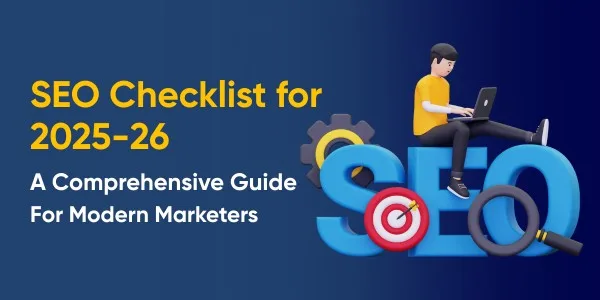This 2025‑26 SEO checklist gives you practical, step‑by‑step tasks across on‑page, technical, content, links, AEO/AI Overviews, and Core Web Vitals to improve CTR, crawlability, and rankings. Following people‑first guidance with clear metadata and short, descriptive URLs increases relevance for users and search engines while reducing title rewriting. Use the sections and templates below as plug‑and‑play content, then run the final publish checklist before going live.
Why SEO Matters in 2025-26
SEO is thriving, with organic traffic growing, as shown by a Neil Patel Digital study of 30,000 websites (WordStream). However, challenges like AI Overviews (20% of searches by November 2023) and zero-click searches (41% of US searches result in clicks) demand adaptation. By focusing on user intent, authoritative content, and technical optimisations, you can maintain visibility and drive results.
Basic SEO Checklist (2025‑26)
- Set up Google Search Console and Bing Webmaster Tools, verify ownership, and submit XML sitemaps for full visibility and diagnostics.
- Keep robots.txt permissive for important paths and ensure canonicals are consistent to avoid indexation conflicts.
- Configure analytics and set conversion goals to measure SEO impact beyond clicks.
1. Identify Your Target Market
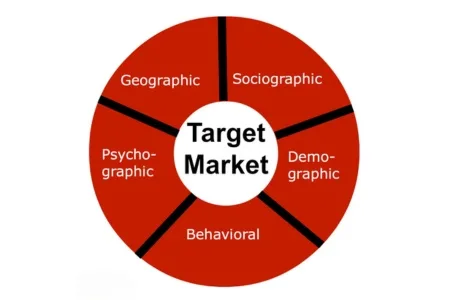
- Why It’s Important: Knowing your audience ensures your content resonates and ranks for relevant searches. It’s like choosing the right bait for fishing—you need to know what fish you’re targeting.
- How to Do It:
- Analytics Tools: Utilise Google Analytics to analyze visitor demographics, including their age, gender, location, and interests. For example, a fitness blog might find its audience is 25-40-year-olds into wellness.
- Surveys and Interviews: Ask customers about their needs via social media polls or email surveys. A clothing brand might learn that customers want sustainable fashion.
- Search Data: Tools like Google Keyword Planner or SEMrush reveal what your audience searches for, like “eco-friendly workout gear.”
- Competitor Analysis: Study competitors’ content and social media to understand their audience. If a rival targets young professionals, consider similar strategies.
- AI Insights: In 2025, AI tools like Google Trends analyze user behavior, showing trending topics your audience cares about.
- Example: For a tech blog, your target market might be young professionals interested in AI tools. Create content like “Best AI Apps for Productivity” using keywords they search.
- Tip: Revisit your audience profile regularly, as preferences evolve (Databox).
2. Understand AI Overviews
- What They Are: AI Overviews are Google’s AI-generated summaries at the top of SERPs, answering queries instantly.
- Impact: They reduce click-throughs, especially in tech (33% visibility), but offer citation opportunities for smaller sites (SEMrush).
- Action Steps: Optimize for intent over keywords. For “best SEO tools,” create comparison content, not just lists, to align with user goals.
3. Tackle Zero-Click Searches
- Challenge: Zero-click searches account for 41% of searches in the United States, providing answers directly without requiring users to click on any links (WordStream).
- Strategy: Create comprehensive content for AI Overviews citations. To balance the decline in clicks, consider diversifying your traffic sources by utilising social media or email marketing.
4. Leverage Community Platforms
- Trend: Reddit and Quora are SERP staples, with Reddit’s traffic quadrupling post-August 2024 update (WordStream).
- Action Steps: Answer questions on relevant subreddits or Quora, linking to your content. A r/SEO post linking to your blog can boost traffic.
Keyword Research Checklist:
- Map keywords by intent and analyze current SERP features to match the format and depth that rank now.
- Build topical coverage with related entities and long‑tails to strengthen relevance and satisfy broader queries.
- Prioritise “quick wins” where your page can realistically outrank with better titles and fresher content.
1. Conduct Thorough Research
- Tools: Utilise WordStream’s Free Keyword Tool (WordStream Keywords), along with Ahrefs or SEMrush.
- Focus: Prioritize intent over exact matches, as only 5.4% of AI Overviews match queries exactly (SurferSEO). For “SEO tips,” offer practical strategies.
- Conversion Keywords: Target mid/bottom-funnel terms like “buy SEO software” for sales (WordStream).
2. Understand User Intent
- Types:
- Informational: “How to optimise a website.”
- Navigational: “Ahrefs login.”
- Transactional: “Purchase SEMrush plan.”
- Commercial Investigation: “SEMrush vs. Ahrefs.”
- Action Steps: Match content to intent. For “SEO trends 2025,” write a guide; for “buy SEO tools,” create a product page with CTAs.
On‑Page SEO Checklist
Front‑load the primary keyword in Title/H1, use a short descriptive slug, structure with H2/H3s, add internal links, alt text, and relevant schema.
1. Set a Proper Permalink Structure
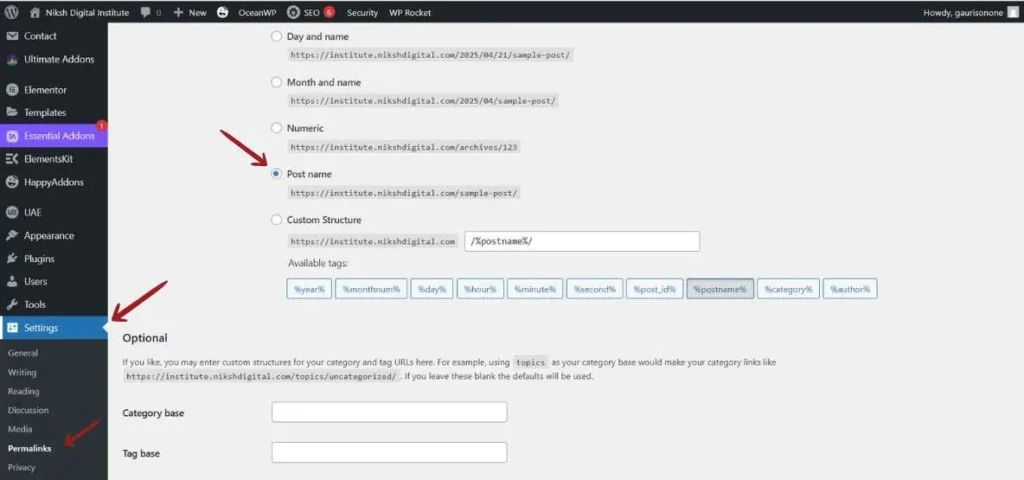
- What It Is: Permalinks are your page URLs. Good ones are descriptive (e.g., /blog/seo-tips-2025/), short, and keyword-rich.
- How to Do It: In WordPress, go to Settings > Permalinks and choose a structure like “Post name.” Avoid messy URLs like /blog/post-123/.
- Why It Matters: Clean URLs help users and search engines understand content, boosting keyword relevance and clickability.
2. Create Authoritative Content
- E-E-A-T: Content needs Experience, Expertise, Authority, and Trust. A Google API leak emphasized “OriginalContentScore” (Search Engine Land).
- Action Steps: Include expert insights or case studies. A blog on “SEO strategies” with campaign data and credible sources builds trust.
3. Adopt “Ranch Style” SEO
- What It Is: Create short, interlinked content pieces on specific topics (Clearscope).
- Example: Instead of one “SEO guide,” write linked posts on “keyword research” and “link building.”
- Action Steps: Build a content cluster with a pillar page linking to subtopics.
4. Boost User Engagement
- Why: Google uses CTR, dwell time, and bounce rate for rankings (Backlinko).
- Action Steps: Add polls, optimize speed, and ensure easy navigation. Monitor metrics to refine content.
Technical SEO
Technical SEO Checklist: Fix crawl and index issues, set canonicals, pass CWV, enforce HTTPS, ensure mobile‑friendly UX, and keep resources accessible.
1. Choose Reliable Hosting Plans
- Why It’s Important: Fast, secure hosting ensures your site is accessible and performs well, impacting rankings.
- Key Features:
- SSD storage for speed.
- 99.9%+ uptime.
- CDN for global reach.
- Free SSL certificates.
- Scalability for growth.
- Providers: Top 2025 options include SiteGround, WPX Hosting, Hostinger, and Cloudways (TechRadar).
- Action Steps: Research plans, check reviews, and choose one that suits your site’s needs.
2. Ensure Your Site is Crawlable
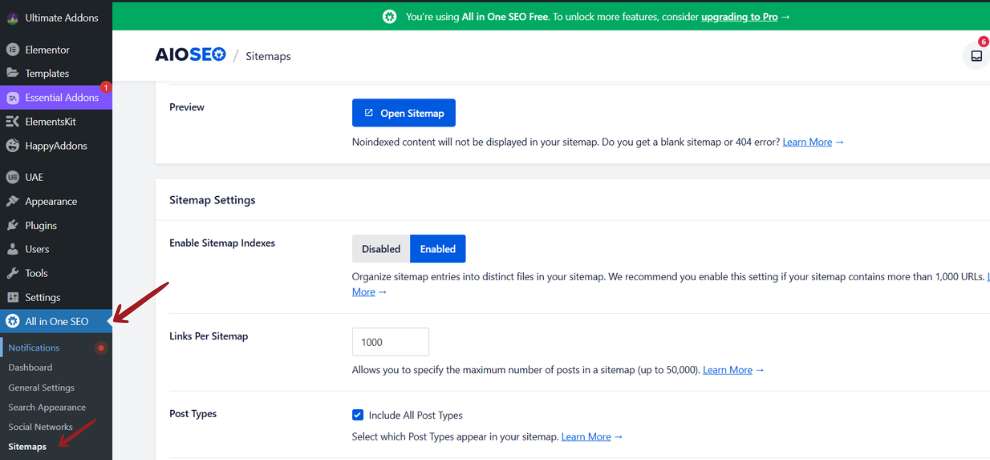
- What It Means: Search engines must access and index your content.
- Action Steps:
- Maintain a clear sitemap.
- Use robots.txt to allow important pages.
- Fix broken links.
- Ensure mobile-friendliness.
- Monitor errors with Google Search Console.
- Why It Matters: Uncrawlable sites won’t rank, as search engines can’t index them.
3. Optimise for AI Answers
- Goal: Make content extractable for AI Overviews or snippets.
- Action Steps: Use schema markup for FAQs or how-to guides. A recipe page with an ingredient schema is more likely to be featured.
4. Focus on Page Speed and Core Web Vitals
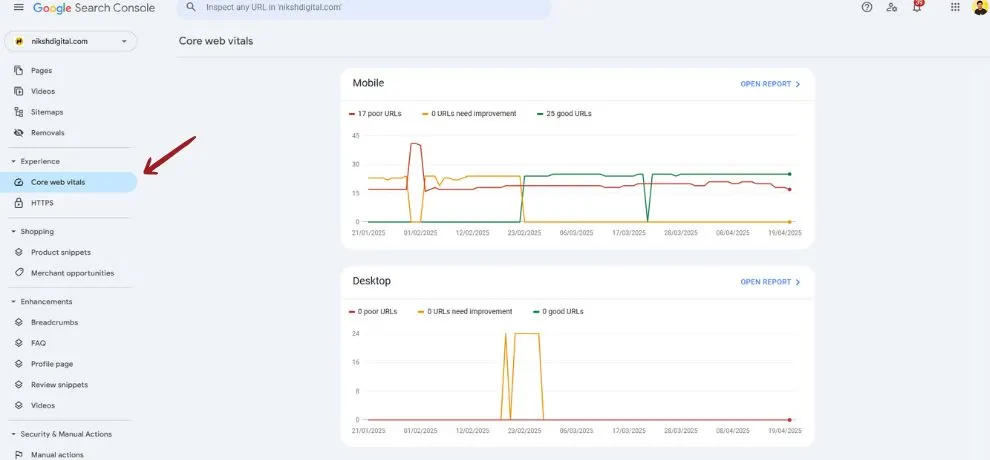
- Why: Speed affects mobile rankings and user experience (Search Engine Land).
- Action Steps: Optimise images, minimise code, and test with Google Search Console.
Content SEO Checklist
Create people‑first, comprehensive articles that include examples, sources, and multimedia to build authority and engagement.
1. Publish High-Quality Content
- Why It’s Critical: Quality content attracts and retains visitors, reducing bounce rates.
- Features:
- Original and unique.
- Well-researched and authoritative.
- Readable with headings and images.
- Action Steps: Update old content and use tools like Grammarly for clarity.
- Why It Matters: Engaging content earns backlinks and improves rankings.
2. Create Experiential Content
- What It Is: Content with SME interviews or stories (WordStream).
- Action Steps: Feature client success stories, like “How We Boosted SEO by 50%.”
3. Optimise for Sales with Branded Content
- Why: Branded content ranks higher (WordStream).
- Action Steps: Use your brand in titles like “Why [Your Brand]’s SEO Tools Excel.”
4. Leverage Emotional SEO
- What It Is: Using emotional triggers (Moz).
- Action Steps: Share relatable stories, like overcoming SEO challenges, to connect with readers.
Link Building Checklist
Use digital PR, expert quotes, community answers, and competitor gap analysis to build relevant editorial links.
1. Target AI Overview Citations
- Opportunity: Smaller sites can earn citations (SEMrush).
- Action Steps: Create unique content on trends like “AI SEO strategies.”
2. Engage in Community Forums
- Trend: Reddit and Quora drive traffic (WordStream).
- Action Steps: Answer questions and link to your content on relevant platforms.
3. Optimise for Answer Engines
- Platforms: Perplexity and ChatGPT drive referrals (WordStream).
- Action Steps: Create FAQ pages to attract citations.
Advanced SEO Tools and Tips
Stay ahead with these tools and strategies:
1. Set Up Bing Webmaster Tools
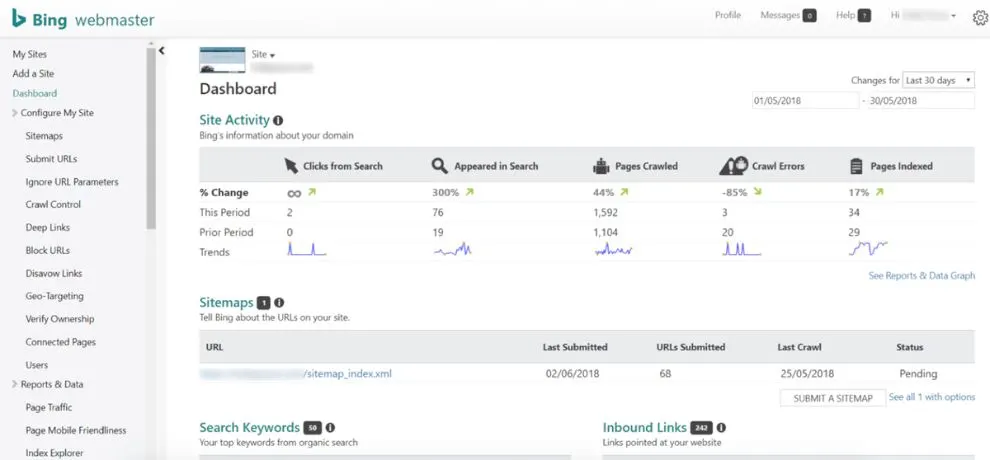
- Why It’s Important: Bing Webmaster Tools helps optimise your website for Bing’s search ecosystem.
- How to Set Up: Visit Bing Webmaster Tools, verify your website, and submit your sitemaps.
- Features:
- Monitor crawl errors.
- View search performance (16 months of data in 2025).
- Use “Recommendations” for tailored insights.
- Test AI-powered “Copilot” (limited release).
- Why It Matters: Bing’s traffic is significant, complementing Google’s efforts (Bing Blogs).
2. Use Keyword Research Tools
- Tools: WordStream, Ahrefs, SEMrush, Moz.
- Action Steps: Analyze keyword trends regularly.
3. Monitor AI Trends
- Resources: WordStream’s AI Guide (WordStream AI Guide).
4. Explore Social Media SEO
- Why: Platforms like LinkedIn and X boost visibility (WordStream).
- Action Steps: Share content to drive traffic.
5. Answer Engine Optimisation (AEO)
- What It Is: Optimising for Perplexity and ChatGPT.
- Action Steps: Create question-focused content.
FAQs
- What makes the best SEO checklist in 2025‑26? — A people‑first checklist that spans on‑page, technical, links, and Core Web Vitals for durable results.
- What’s the most important rule for Title and H1? — Front‑load the primary keyword, keep the Title concise, and use a single, semantic H1.
- Why is a short URL slug important? — Short, keyword‑rich slugs clarify relevance and improve readability and clicks.
- What should I add to meta descriptions? — A clear benefit‑driven summary with the main keyword and action verbs to boost CTR.
- How do I optimize content for AI Overviews/AEO? — Use FAQs, concise steps, tables, and clean schema for easy machine extraction.
- How can I quickly pass Core Web Vitals? — Compress images, lazy‑load, use critical CSS, minimize render‑blocking JS, and enable CDN/caching.
- What is the rule of thumb for internal linking? — Give each new post 2–5 internal links and add links from top pages with contextual anchors.
- How do I reduce title rewriting on SERPs? — Write concise, intent‑matching titles with limited boilerplate and avoid duplication across pages.
Conclusion
SEO in 2025-26 combines traditional strategies with innovations driven by artificial intelligence. By identifying your audience, choosing reliable hosting, ensuring crawlability, setting clean URLs, publishing quality content, and using tools like Bing Webmaster Tools, you can stay competitive. Keep learning and adapting to achieve lasting success.

